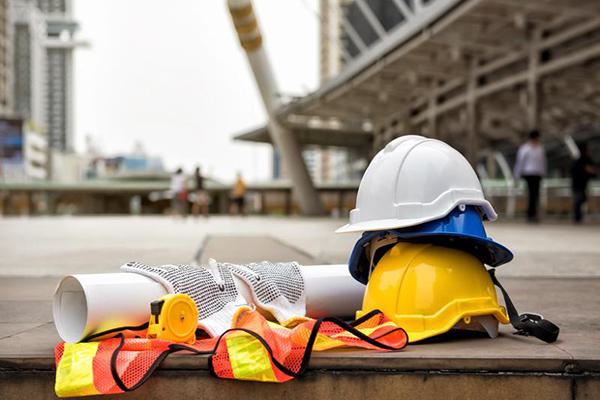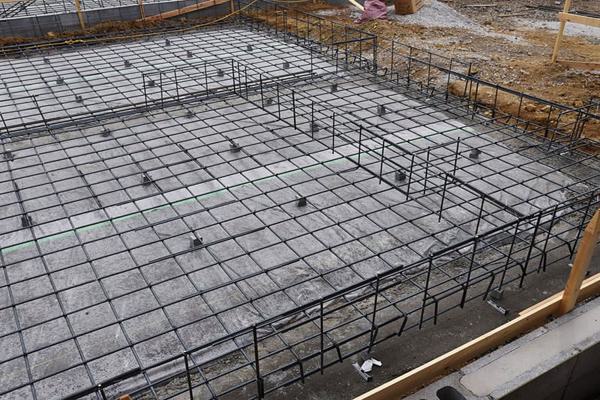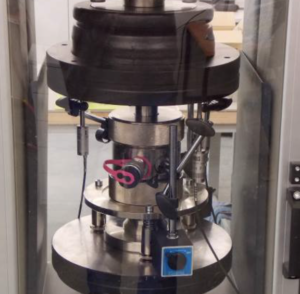Why Is Accurate Testing of Building Materials Crucial?
Behind every sturdy building lies a deeper truth: it’s only as reliable as the materials used to construct it. From concrete and steel to insulation and adhesives, the performance of building materials directly determines structural safety, durability, and long-term value1. That’s why accurate testing isn’t just a technical step—it’s a non-negotiable necessity in modern construction2.
The Significance of Building Material Testing in Construction Safety
Accurate testing ensures that building materials3 meet the mechanical, chemical, and durability standards4 required for safe construction. Without proper evaluation5, materials may fail under load, degrade faster, or react unpredictably in harsh environments.
Why It Matters:
- Structural stability: Prevents collapses due to weak or inconsistent materials.
- Code compliance: Verifies alignment with national and international standards.
- Risk mitigation: Reduces liability from construction defects or material failure.
- Sustainability: Ensures longevity and minimizes environmental impact.
| Tested Parameter | Purpose |
|---|---|
| Compressive strength | Ensures structural load-bearing capability |
| Fire resistance | Confirms performance during fire exposure |
| Durability against weather | Predicts long-term degradation resistance |
Material testing is the first line of defense in delivering safe, efficient, and legally sound structures.

Key Methods for Testing the Physical Properties of Building Materials
Physical testing involves assessing a material’s behavior under various loads and environmental conditions. These tests are crucial for understanding how materials perform under stress, strain, and time.
Common Physical Tests:
- Compression Tests (e.g., for concrete blocks)
- Tensile Strength Tests (e.g., for steel reinforcement)
- Flexural Strength (e.g., for beams and tiles)
- Impact Resistance (e.g., for facade panels)
- Hardness and Abrasion (e.g., for flooring)
| Test Method | Material | What It Reveals |
|---|---|---|
| ASTM C39 Compression Test | Concrete | Load-bearing capacity |
| ASTM D638 Tensile Test | Plastics, composites | Maximum elongation and failure point |
| ASTM E23 Charpy Impact | Metals | Resistance to sudden forces |
Each test helps engineers choose materials that will not only meet design specs but also withstand real-world conditions.

Advanced Techniques for Chemical Analysis of Building Materials
Beyond physical strength, chemical composition determines how materials interact with their environment—from corrosion risk to compatibility with other components.
Cutting-Edge Chemical Tests:
- X-ray fluorescence (XRF): Identifies elemental composition quickly.
- Thermogravimetric Analysis (TGA): Assesses material stability under heat.
- Fourier Transform Infrared Spectroscopy (FTIR): Detects bonding structures and additives.
- pH and Chloride Content Tests: Evaluate corrosion potential in concrete.
| Test Type | Purpose |
|---|---|
| XRF | Identifies harmful or non-compliant elements |
| TGA | Measures thermal degradation and moisture |
| pH/Chloride Tests | Predicts corrosion in reinforced concrete |
These techniques are especially useful in quality control, failure analysis, and R&D of eco-friendly building materials.

Challenges and Solutions in Ensuring Reliable Building Material Testing
Even with advanced tools, achieving testing accuracy presents challenges—from material variability to human error. Addressing these issues requires both technical strategies and procedural discipline.
Common Challenges:
- Inconsistent sampling
- Poor calibration of testing instruments
- Environmental influence during testing
- Lack of standardization across suppliers
Solutions:
- Follow standardized procedures (e.g., ASTM, ISO)
- Regularly calibrate all equipment
- Train lab personnel thoroughly
- Maintain proper test environments (temperature, humidity)
| Challenge | Solution |
|---|---|
| Varying sample quality | Use statistically valid sampling techniques |
| Inaccurate test results | Implement routine equipment calibration |
| Data inconsistency | Digitize and automate data collection |
Combining rigorous process control with technical know-how ensures test results are not just precise—but meaningful.

Conclusion
Accurate testing of building materials is the foundation of construction integrity6. From physical performance to chemical resilience, reliable test results7 ensure that the materials you use will stand the test of time, environment, and human expectation. In a world where safety and sustainability go hand in hand, material testing8 isn’t just smart—it’s essential.
-
Understanding the performance of building materials is crucial for ensuring safety and durability in construction projects. Explore this link for in-depth insights. ↩
-
Accurate testing is essential for modern construction to ensure safety and compliance. Discover why this is critical for your projects. ↩
-
Learning about testing practices can help ensure the quality and safety of construction materials. Check out this resource for best practices. ↩
-
Understanding these standards is crucial for ensuring safety and longevity in construction projects. Explore this link for detailed insights. ↩
-
Proper evaluation is essential to prevent material failure and ensure safety in construction. Discover more about its significance here. ↩
-
Understanding the foundation of construction integrity is crucial for ensuring safety and quality in building projects. Explore this link to learn more. ↩
-
Reliable test results are key to maintaining high construction standards. Learn how they influence project outcomes and safety. ↩
-
Material testing is vital for ensuring the durability and safety of construction projects. Discover more about its importance and methods. ↩







